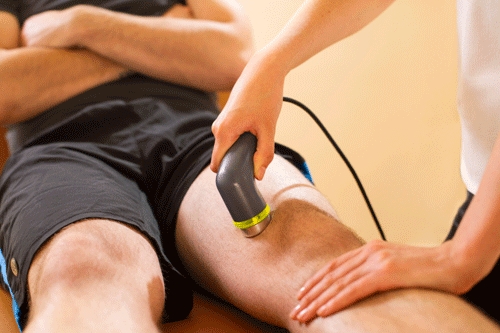

Application of ultrasound has been shown to speed broken bone regeneration by one third, and even restore memory to mice with Alzheimer’s. Now researchers have found that ultrasound can accelerate healing time of skin wounds too.
The elderly and those with diabetes can often develop chronic healing defects such as skin ulcers and bedsores. Chronic wounds like foot ulcers lead to major limb amputation if not healed properly. In a recent animal study published in the Journal of Investigative of Dermatology, researchers at the University of Bristol found that low-intensity ultrasound helped increase the healing time of wounds in diabetic and aged mice by 30 percent. This accelerated healing may not be as fast Wolverine’s, but it could be the difference between keeping or losing a foot.
The equipment was not much different from what is used to monitor a fetus during pregnancy. However, the vibration of the sound waves activated a protein pathway that helped fibroblast cells, which are important to healing, migrate to the wound.
“Using ultrasound wakes up the cells and stimulates a normal healing process,” said lead author of the study Mark Bass (now at the University of Sheffield) in a press release. “Because it is just speeding up the normal processes, the treatment doesn’t carry the risk of side effects that are often associated with drug treatments.”
The ultrasound treatment restored the healing rate of the mice to what is observed in healthy animals. The team of researchers also found that the use of ultrasound could reverse the migration issues of fibroblasts from human venous leg ulcer patients, which showed that this approach is applicable to humans as well as mice.
“We could expect to see it in broad clinical use within three or four years,” Bass says.
